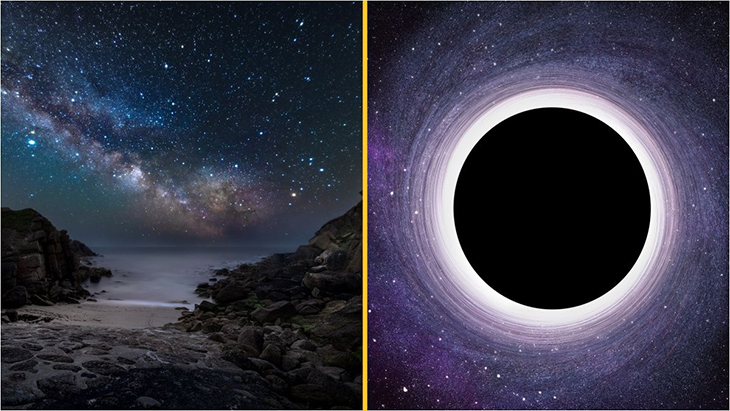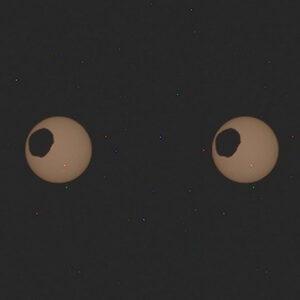
The space comes with so many mysteries and the black hole is just one of the many that have yet to be fully understood and discovered. In fact, an international team of scientists recently captured a remarkable sound that had originated from the supermassive black hole that’s found at the core of our very own Milky Way galaxy. This sound hails from an event that actually occurred approximately 200 years ago.
During a highly active phase, the supermassive black hole, known as Sagittarius A* (pronounced ‘Sagittarius A star’), emerged from a state of dormancy and devoured vast amounts of gas and dust. The team, led by Frédéric Marin, a CNRS researcher at the Astronomical Strasbourg Observatory in France, unveiled the black hole’s historical awakening, an object with a mass four million times greater than that of our Sun.
In the early 19th century, over the course of a year, the black hole swallowed cosmic objects that ventured too close to its vicinity, before returning to a state of quiescence.
Despite the tremendous activity within the black hole, there were no discernible effects on Earth. The distance between Sgr A* and our planet is so vast—about two billion times the distance from the Earth to the Sun—that any impact remained negligible.
Nevertheless, the team’s discovery, reported in the journal Nature, divulges an X-ray echo that indicates the original intensity of the event was at least a million times greater than the frequencies currently emitted by Sgr A*.
“To get an idea of the increase in intensity of the X-ray emission when the black hole emerged from its quiescent state, it is as if a single glow-worm hidden in a forest suddenly became as bright as the Sun,” the team shared in a press release.
“These findings explain why galactic molecular clouds near Sgr A* are shining more brightly than usual: it is because they are reflecting the X-rays emitted by Sgr A* 200 years ago,” they also added.
The scientists employed NASA’s IXPE (Imaging X-ray Polarimetry Explorer) satellite to conduct their research. For the first time ever, this satellite accurately detected the directional polarization of X-ray light and successfully identified its source, a feat previously deemed unattainable.
Similar to a compass, the polarized X-ray light directly points to its source, Sgr A*, even though Sgr A* is now nearly extinct. The researchers are persistently investigating Sgr A* to unravel the physical mechanisms responsible for a black hole transitioning from a quiescent state to an active one.
What are your thoughts? Please comment below and share this news!
True Activist / Report a typo


